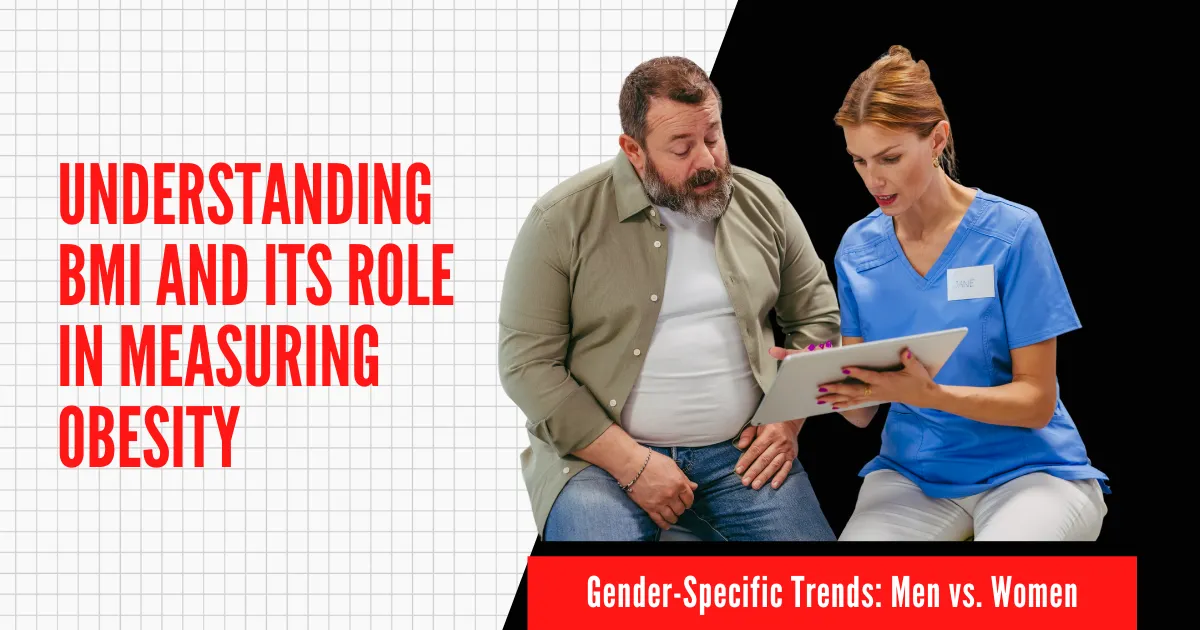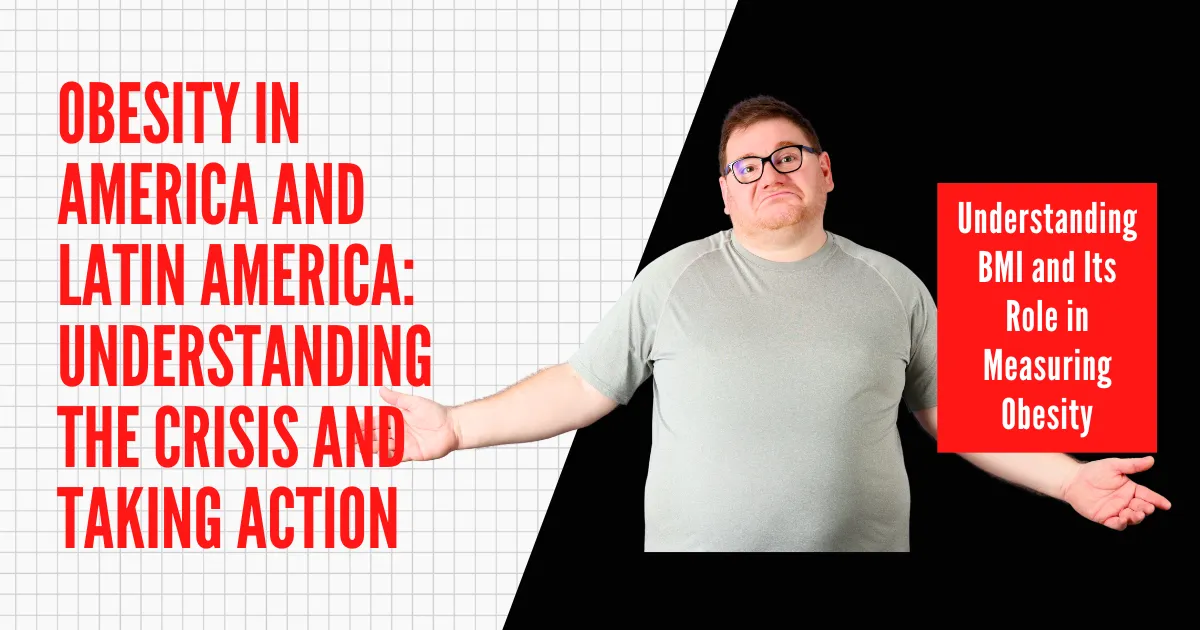In recent decades, obesity has emerged as one of the most pressing public health concerns in both America and Latin America. Driven by a combination of poor dietary habits, physical inactivity, and socioeconomic factors, the prevalence of overweight and obesity has skyrocketed.
This growing epidemic is not only a concern due to aesthetic or social pressures, but more importantly, because of its strong correlation with severe health conditions such as diabetes, heart disease, and certain types of cancer.
Obesity in America & Latin America: Understanding the Crisis and Taking Action
This post delves into the causes of obesity in these regions, explores how it affects different demographics such as men and women, and outlines initiatives to reverse this alarming trend.
The Obesity in America and Latin America
The obesity rate in America is among the highest in the world. According to the CDC, over 42% of adults in the United States were classified as obese in recent years. In Latin America, countries like Mexico, Chile, and Brazil have also seen a dramatic increase in obesity rates, especially among children and adolescents. Urbanization, changing food environments, and the growing popularity of processed foods have played significant roles in these trends.
Latin America presents a unique dynamic. As economies grow and lifestyles become more sedentary, traditional diets rich in grains and vegetables are replaced by calorie-dense fast food and sugary beverages. This dietary shift, combined with decreased physical activity, is contributing to a dramatic increase in both overweight and obesity.
Understanding BMI and Its Role in Measuring Obesity
One of the primary tools for measuring obesity is the Body Mass Index (BMI). BMI is calculated by dividing a person’s weight in kilograms by the square of their height in meters. While it has limitations, it provides a quick and general measure of body fat.
BMI and obesity are strongly linked: a BMI of 30 or above is considered obese.
BMI overweight is defined as a BMI between 25 and 29.9.
BMIs for men and women tend to differ slightly due to variations in body composition, but the classification ranges remain the same.
Additional metrics, such as waist-hip ratio, are also used to assess health risks associated with body fat distribution. Central obesity, which is characterized by excess fat around the abdomen, is particularly associated with increased obesity and disease risk.
Gender-Specific Trends: Men vs. Women
When looking at gender, obesity in females and obesity in men show distinct patterns. Studies indicate that overweight women are more likely to experience weight gain related to hormonal fluctuations, pregnancy, and menopause. Social and cultural norms also influence dietary behaviors differently in women than men.
Conversely, men often accumulate fat in the abdominal region, increasing their risk for cardiovascular disease. If muscle mass is high, the BMI for men may not always accurately reflect the health risks, but waist circumference and waist-hip measurements help provide a fuller picture.
Women face additional challenges. Women who are overweight often experience greater social stigma and may struggle with weight management due to caretaking responsibilities and economic barriers that limit access to healthy foods and fitness resources.
Root Causes of Obesity
Several interrelated factors are driving the rise of obesity in America and Latin America:
- Poor Diet: High consumption of processed foods, sugary drinks, and high-fat meals.
- Sedentary Lifestyle: Less physical activity due to urbanization, screen time, and fewer active jobs.
- Socioeconomic Factors: Limited access to healthy food options and safe environments for exercise in low-income communities.
- Cultural Norms: Changing dietary practices and norms around portion sizes and food choices.
- Mental Health: Stress, anxiety, and depression can lead to overeating and poor food choices.
Obesity and Health Risks
The connection between obesity and health risks is well-documented. Obesity significantly raises the risk of:
- Type 2 diabetes
- Hypertension
- Cardiovascular diseases
- Certain types of cancer (breast, colon, kidney)
- Joint issues and osteoarthritis
This direct link between obesity and disease risk underscores the urgency of tackling obesity as a significant health crisis.
U.S. Obesity & BMI Statistics
Below is a statistical overview of adult obesity in the United States, based on recent data from the CDC and other health organizations.
Overall U.S. Data
- Adult Obesity Rate: Over 40% of U.S. adults have obesity.
- Average U.S. BMI: The average Body Mass Index (BMI) for U.S. adults is approximately 29.2, which falls into the “overweight” category (BMI 25.0–29.9).
Most Obese States by Adult Obesity Rate
| State | Obesity Rate |
|---|---|
| West Virginia | ~41.2% |
| Mississippi | ~40.1% |
| Arkansas | ~40.0% |
| Louisiana | ~39.9% |
| Alabama | ~39.2% |
| Oklahoma | ~39.1% |
| Tennessee | ~38.9% |
| Kentucky | ~38.7% |
| South Dakota | ~38.4% |
| Ohio | ~37.7% |



